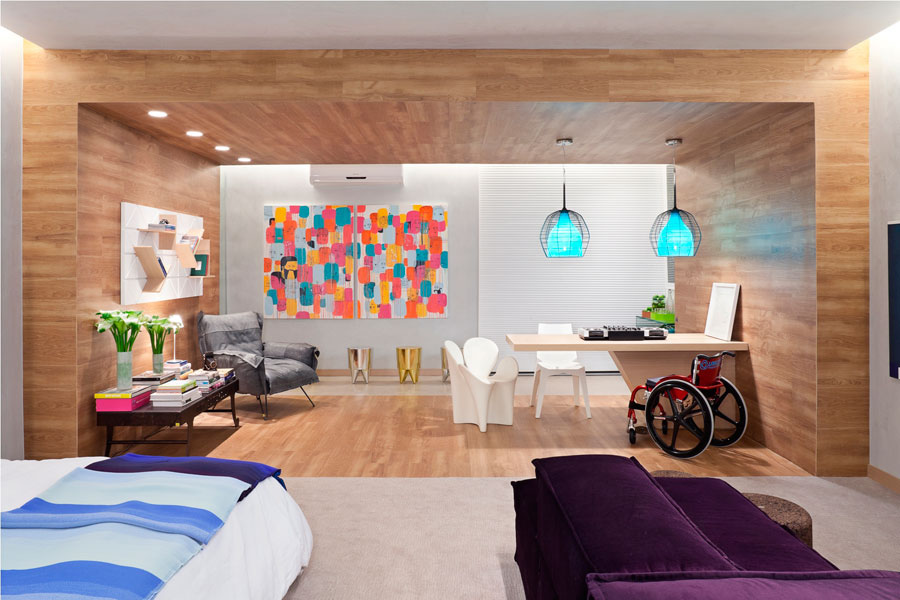
When people hear the words “accessible” or “wheelchair”, they don’t necessarily think of beautiful design or stylish home interiors. In fact, most often, people picture institutional colors and utilitarian shapes that are, to say the least, unattractive. However, as countries such as Bangladesh experiences older populations, designers worldwide are beginning to create homes and decor that are chic and accommodate people with disabilities.
A positive change can range from something as simple as creating stylish and comfortable wheelchair cushions, to committing to a full house modification project. Budget will of course need to be considered, as will the comfort and safety levels that you’d like to achieve. But even a very small alteration can make a huge difference to a person with a disability.
How Modifications Change Lives
Whether it’s the home of someone with a physical disability, specific medical needs, or an older person dealing with symptoms of dementia, modifications to existing homes can often make a great difference to helping them deal with the daily tasks we all take for granted. They allow higher levels of freedom and independence and allow the individual to forget – at least momentarily – his or her situation.
A modified home means a wheelchair user can cook again, or take a shower again without assistance. It means he or she can visit the garden or move around the home independently. For a population that already is at higher risk of loneliness, isolation, and depression, these changes mean better health and longer lives.
Changes in the Bathroom and Kitchen
One of the first places people want to make modifications is in the bathroom, where independence is most highly valued. Where things like pull bars and accessible showers used to be intrusive and ugly, now companies are designing pieces that are so lovely, even interior designers cannot tell the difference.
The kitchen is another place the modifications are also focused. New technologies like pull out bars for ovens and sinks designed at chair level are becoming widely used. There is a whole host of new and upcoming technology for use throughout the house, as well.

Universal Design
The principles of Universal Design (sometimes more widely called Design for All) is a school of thought that seeks to design spaces that have the widest accessible application for as many people as possible, regardless of age, physical abilities or disabilities. While it is still only emerging in some parts of the world, it has a growing impact in many places. Homes are not just being modified after they are built; they are now being built with modifications in place from the beginning, with features such as wider hallways, no stairs, and light switches at mid-wall level. These built-in changes are aesthetically pleasing and designed to help multi-generational families, and multi-abled people enjoy community together.
Interiors that are accessible and beautiful shouldn’t be out of reach. Thanks to the growing awareness in design and schools of thought such as Universal Design that is no longer the case. More than ever, accessible, disabled-friendly interiors are beautiful interiors too.